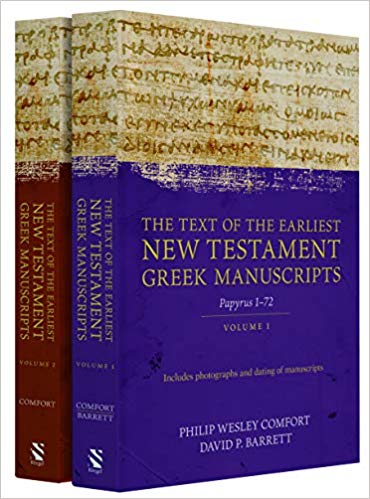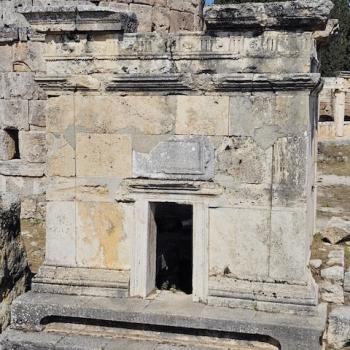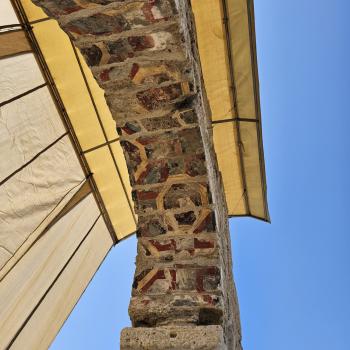Kregel has done us all a good service in publishing, in two volumes, the earliest manuscripts and pieces of manuscripts we have of the Greek NT. The editors of the volume are Philip Wesley Comfort and David Barrett. The two volume set, hardback, is available for $66.00 from Amazon, and is well worth the investment. My one complaint is that the black and white representations of what these manuscripts look like are not all they could or should be. Nevertheless, it good to have all these papyri (P1 to P179) plus the early uncials in one place. The text critical work is generally good, though some will complain that earlier dates of some of these manuscripts seem to be regularly favored over later estimates. I have no complaints about the translations they offer, which, as they should be, are rather literalistic in character.
What one learns from studying these manuscripts closely is that the earliest Christians placed especial emphasis on copying the four Gospels and Paul’s letters. The other portions of the NT are frankly less well represented. Now of course one could say, all we are doing is saying what has surfaced thus far, which may not be entirely representative of what happened. As archaeologists regularly remind us, there is more evidence below ground than above ground. However, and it is big however, we now have so many manuscripts, several thousand, that it is fair to say that there was a strong emphasis on copying the Gospels and Paul in the earliest period.
As for the dating of these manuscripts, it’s complicated, as any good text critic will tell you. Some of it comes down to epigraphy, the way the letters of the words are shaped and written, as different writers and different locales and different periods of writers had different ways of doing thing. Obviously, carbon dating a papyrus only tells us how old the paper is, not how old the writing on the paper is. Then there is the whole business of studying the textual variants, creating a text tree of sorts, and figuring out which readings are likely to be earlier and which later. For example, the Western text of Acts is worth studying all by it self, as it has certain editorial tendencies that reflect later concerns, for instance, its anti-feminist tendencies (about which I wrote an article for the JBL long ago). Yes, there were some unscrupulous scribes, but there were also many careful ones. One thing that studying the early papyri does is it makes a nonsense of the claims of mythicists who think that the later uncials are the period when the NT, and even Jesus himself, was ‘invented’. No chance sundance. Even leaving out the discussions of Jesus in the Apostolic Fathers, these papyri, especially the second century ones make very very clear that Jesus was a well known, and often written about figure in the second century.
Kudos to the assemblers and editors of these volumes, as they are a very useful reference work.













